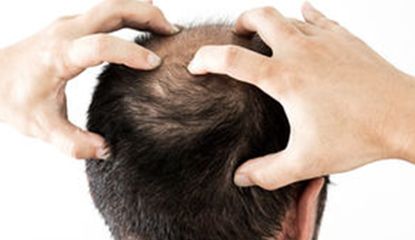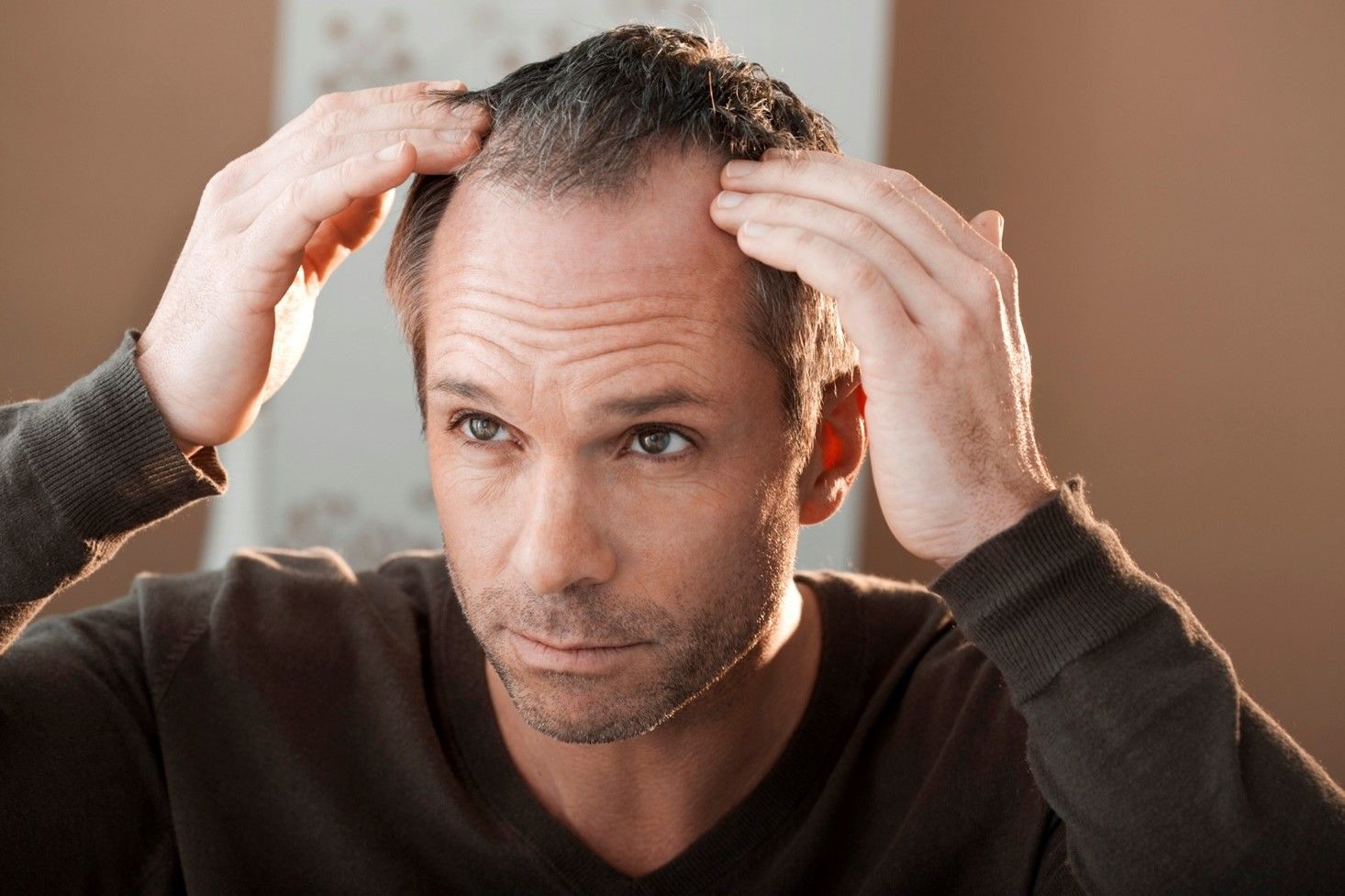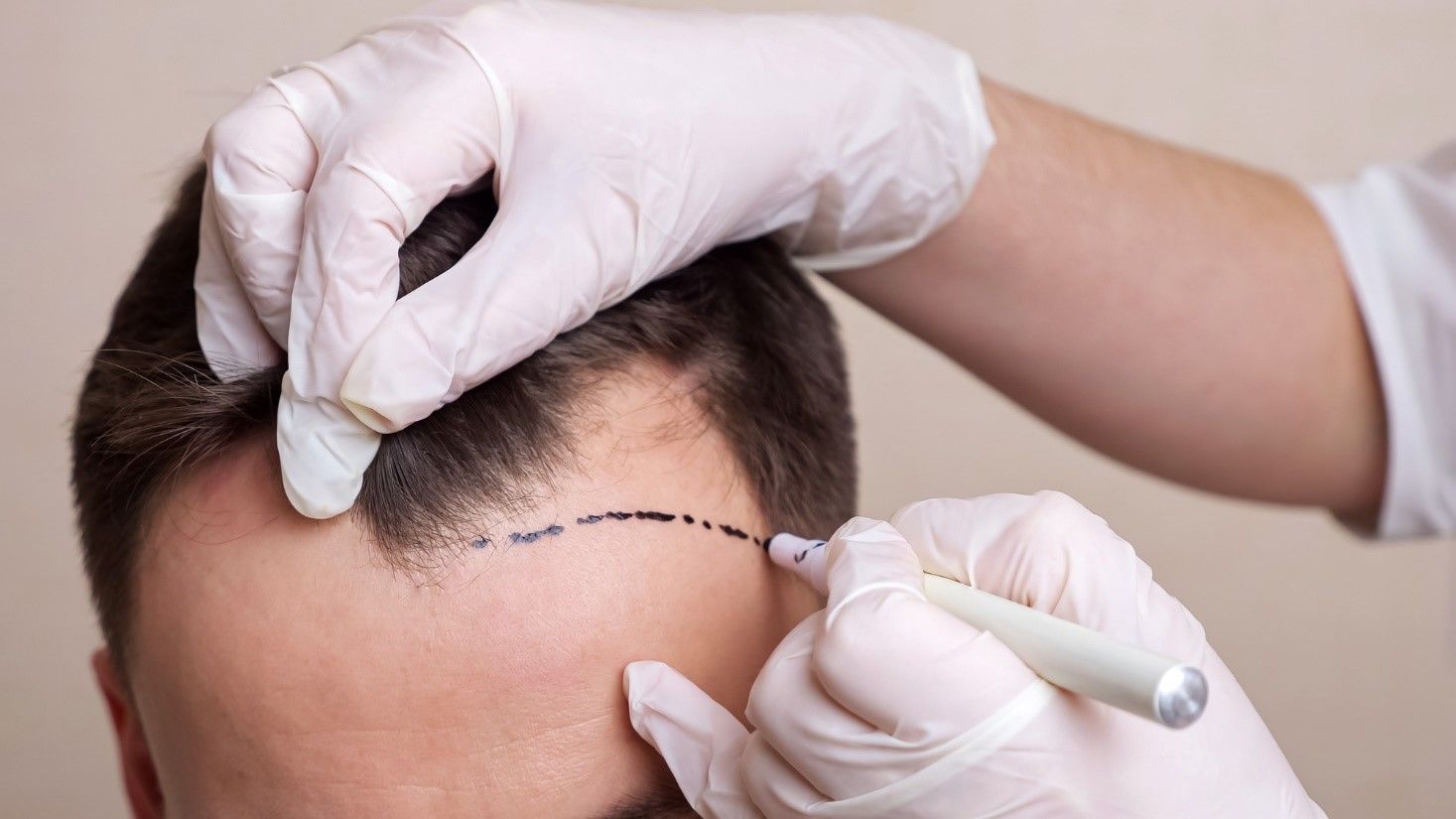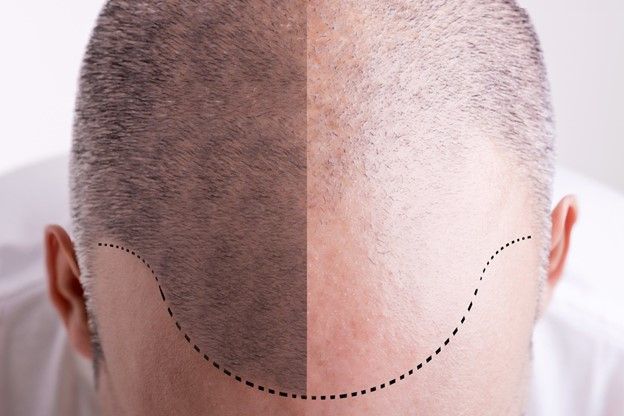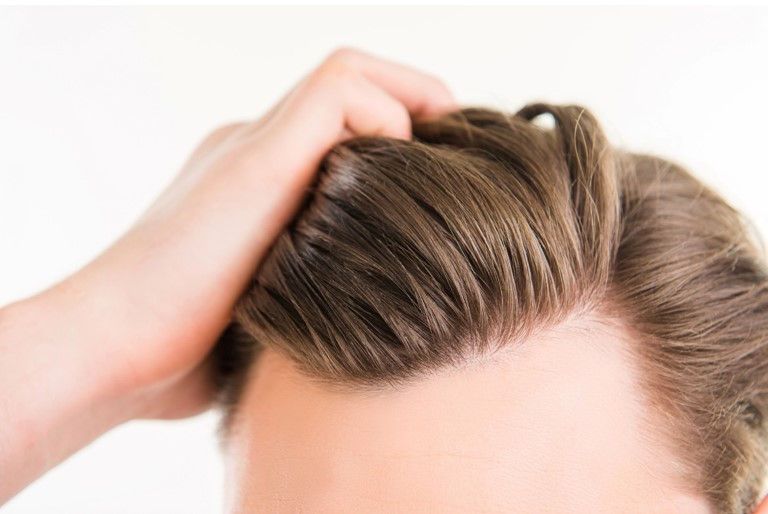7 Surprising Facts About Male Pattern Baldness
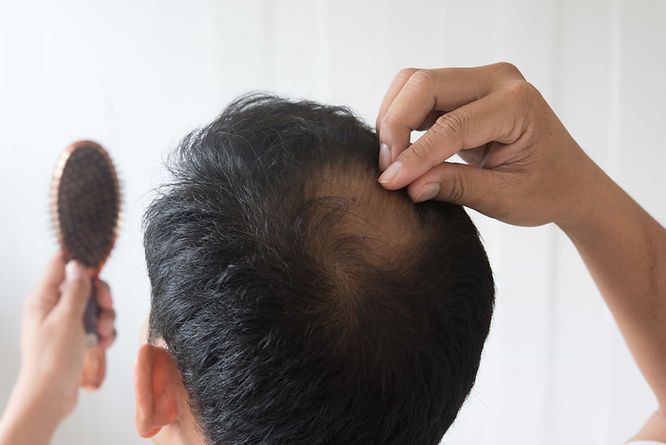
November 24, 2017
Male pattern baldness is a common form of hair loss. Typically it affects men as they age but some men can develop this condition as early as in their teens. While early hair loss does not faze some men, to others it can be rather concerning. Some men suffer from depression, lack of self-esteem, and even anxiety over their hair loss. The condition is devastating and typically inherited. Therefore, if a male family member has male pattern baldness, you may develop it too.
What You May Not Know About Male Pattern Baldness
Despite the commonality of male pattern baldness in Toronto, it is still widely misunderstood. Although male pattern baldness is a real medical condition, the occurrence of this condition and treatments for it are flooded with myths and misunderstandings. To get the facts straight, here are some things to know:
- Male pattern baldness is inherited. Your father and grandfather are the two best indicators that you may experience baldness early or later in life. But there is a slightly higher genetic tendency for hair loss to be inherited from the mother’s side.
- Earlier hair loss equates to more hair loss. The earlier you develop male pattern baldness, the more hair you are likely to lose.
- You lose 50% before you notice. Before your baldness is apparent, you will lose an estimated 50% of your hair volume. The process is so gradual, however, that you do not need to panic right away.
- Hair products do not cause baldness. Don’t worry about using sprays or gels. The myths that these hair products cause baldness are entirely false. There are no active ingredients in these products to start baldness, encourage a process that has already started, or strip your scalp of hair follicles.
- It starts with a receding hairline. Male pattern baldness follows a distinct pattern and the first stage is a receding hairline. Eventually you will notice thinned hair on the crown and temples too as it progresses further. However sometimes hair loss can strat further back on the crown, in an area you may not be aware of until someone points it out to you.
- Some medications can help. Medications, whether prescription or over-the-counter, can stop the hair loss from becoming severe and in some cases can even promote new hair growth.
- Hair transplants can correct male pattern baldness. If you are old enough, and a surgeon considers your hair loss at a suitable stage, you can get a hair transplant that will restore your hair and permanently correct male pattern baldness.
Suffering from Male Pattern Baldness? Speak with a Hair Transplant Specialist in Toronto
Male pattern baldness can be devastating to your self-esteem but it does not have to be a permanent damper on your life. Dr. Paul Cotterill has thoroughly investigated the use of Propecia and found that it reduces hair loss for men who are prematurely losing hair. He has also perfected the technique of hair transplants, which means he can correct the damage done by male pattern baldness.
Schedule a consultation with Dr. Paul Cotterill today to discuss your male pattern baldness in Toronto by calling his office at 416-322-0390 or by requesting a consult online.

